Note Values Worksheets
Understanding note values is essential for anyone learning music, whether you're a beginner or a seasoned musician. These worksheets are designed to help learners of all levels grasp the concept of note values and improve their musical skills. By providing exercises and activities that focus on identifying and counting note values, these worksheets are an invaluable resource for music students, teachers, and enthusiasts alike.
Table of Images 👆
More Other Worksheets
Kindergarten Worksheet My RoomSpanish Verb Worksheets
Cooking Vocabulary Worksheet
DNA Code Worksheet
Meiosis Worksheet Answer Key
Art Handouts and Worksheets
7 Elements of Art Worksheets
All Amendment Worksheet
Symmetry Art Worksheets
Daily Meal Planning Worksheet
What are note values?
Note values refer to the duration of a musical note, indicating how long the note should be held or played. Common note values include whole notes, half notes, quarter notes, eighth notes, and sixteenth notes, each representing a different length of time. The value of a note is relative to the tempo of the music being played and helps musicians read and perform music accurately.
How do note values determine the duration of a note?
Note values determine the duration of a note by indicating how long a note should be held. In standard Western music notation, each note value corresponds to a specific fraction of time, with shorter notes representing shorter durations and longer notes representing longer durations. For example, a whole note typically lasts for four beats, while a half note lasts for two beats, and so on. By combining different note values, musicians can create a variety of rhythms and patterns within a piece of music.
What is a whole note?
A whole note is a musical note that is equivalent to four beats in 4/4 time signature. It is an open note with no stem and is held for the entire duration of a whole measure.
What is a half note?
A half note is a musical note that represents a duration of two beats in 4/4 time signature. It is typically shown by a note head with a stem and is half the length of a whole note.
What is a quarter note?
A quarter note is a musical note that represents one quarter of the duration of a whole note. It is typically played for one beat in music with a 4/4 time signature, making it a fundamental building block of rhythm in Western music notation.
What is an eighth note?
An eighth note is a musical note that is half the duration of a quarter note, and twice the duration of a sixteenth note. It is represented by a filled oval with a flag attached to the stem. In standard time signatures, it is typically played for half of a beat.
What is a sixteenth note?
A sixteenth note is a musical notation symbol representing a note value that is equivalent to one-sixteenth of a whole note. It is a very short duration note that is typically played or sung quickly in relation to the tempo of the music.
How do you combine note values to create longer durations?
To combine note values and create longer durations in music, you simply add the values of the notes together. For instance, a half note (worth 2 beats) combined with a quarter note (worth 1 beat) would create a duration of 3 beats. Similarly, a dotted half note (worth 3 beats) combined with a quarter note (worth 1 beat) would give a total duration of 4 beats. By adding and combining different note values, you can create a variety of rhythmic patterns and longer durations in your music.
How do you divide note values to create shorter durations?
To create shorter durations in music, you divide note values by 2. For example, if a whole note has a duration of 4 beats, a half note would have a duration of 2 beats, a quarter note would have 1 beat, an eighth note would have half a beat, and so on. By dividing note values in half, you can create shorter and more intricate rhythms within a piece of music.
Why are note values important in understanding and reading sheet music?
Note values are crucial in understanding and reading sheet music because they indicate the duration that a note should be played or held. This information helps musicians maintain the correct tempo, rhythm, and overall musical flow of a piece. By being able to interpret and play notes of various values, musicians can accurately reproduce the intended musical expression and intricacies of a composition.
Have something to share?
Who is Worksheeto?
At Worksheeto, we are committed to delivering an extensive and varied portfolio of superior quality worksheets, designed to address the educational demands of students, educators, and parents.

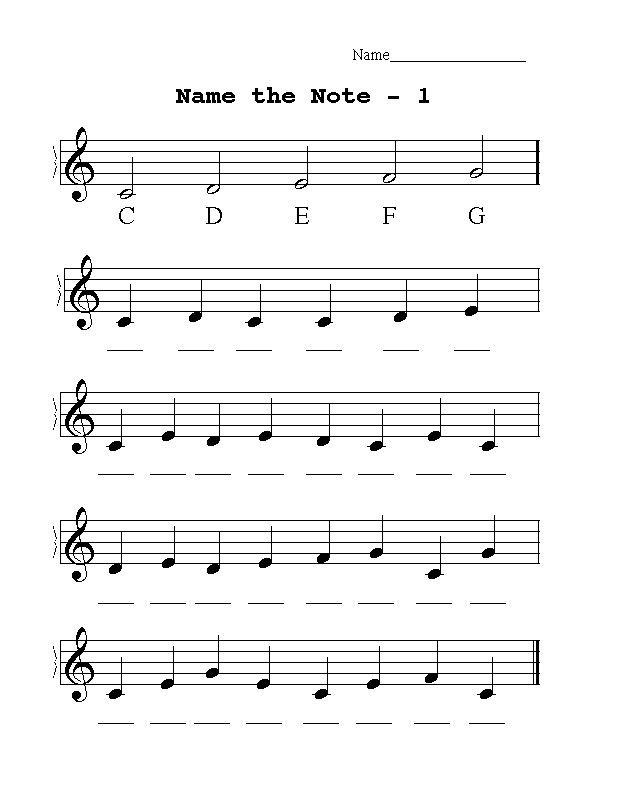




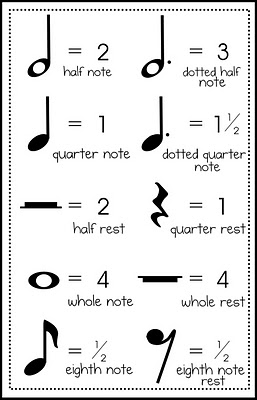
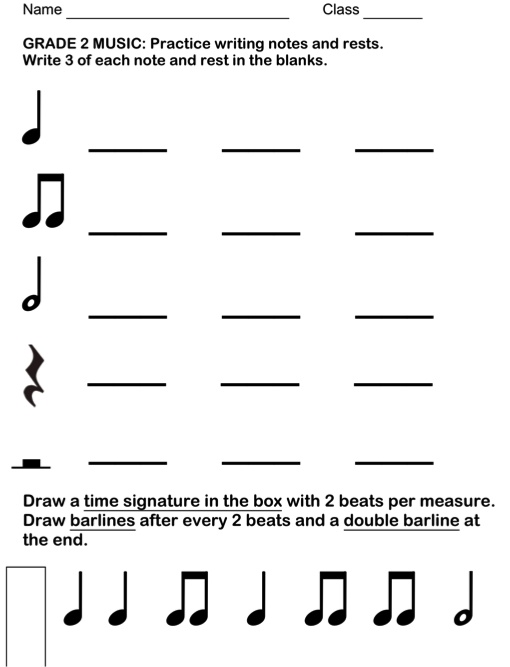

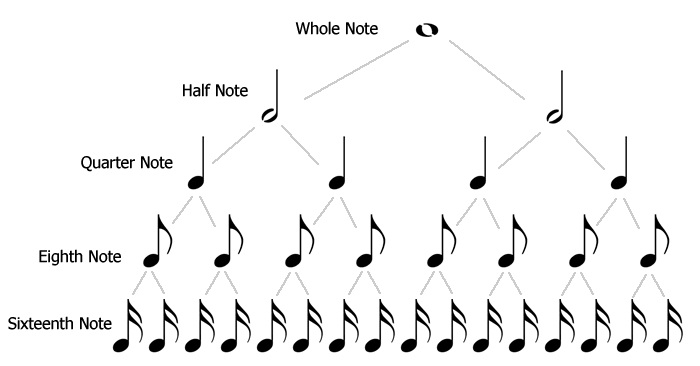
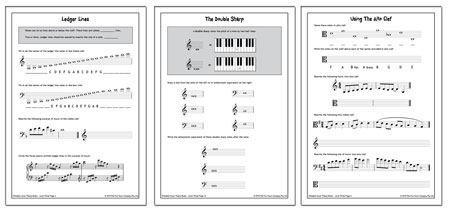
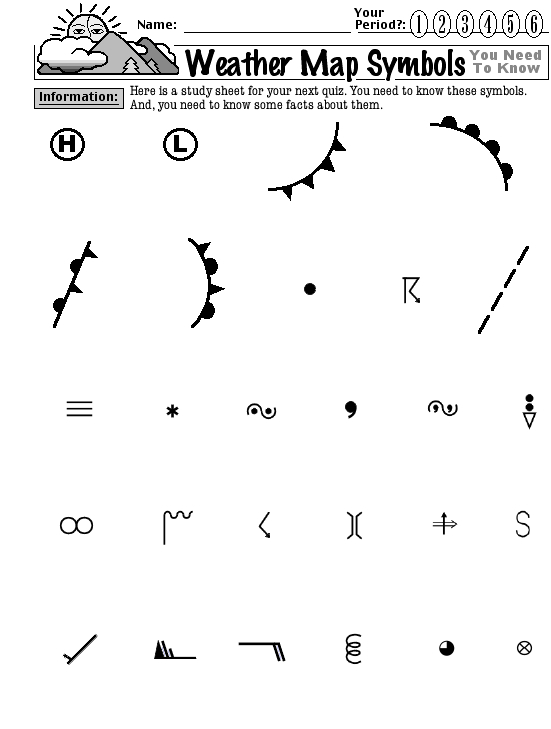














Comments